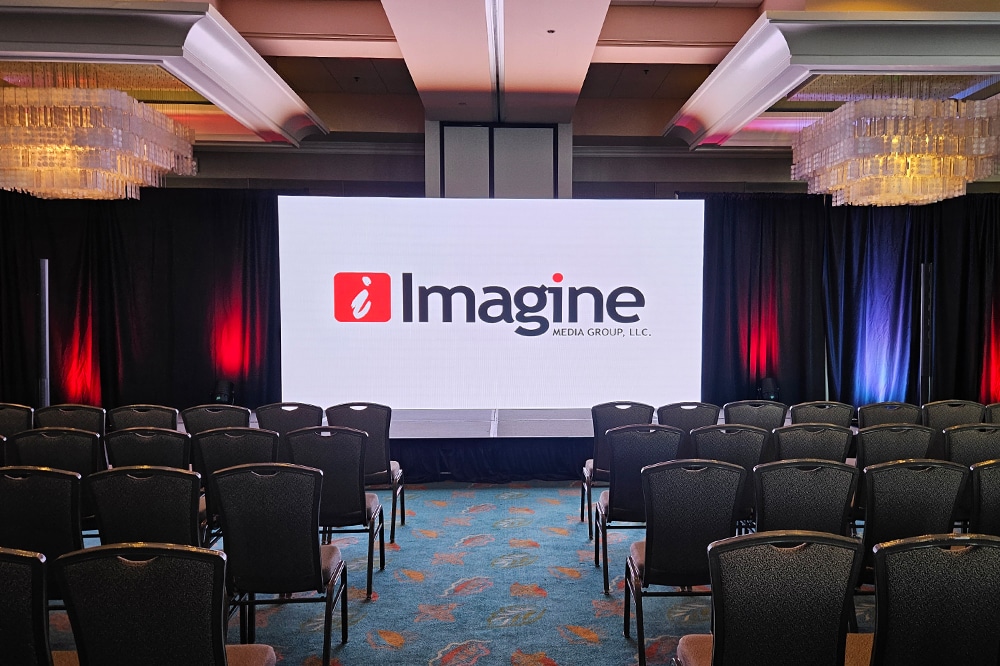Exploring the Wide-ranging Connectivity Solutions Available for Light Emitting Diode Wall Modules
Exploring the Wide-ranging Connectivity Solutions Available for Light Emitting Diode Wall Modules
Blog Article
LED display units have gained traction for their ability to deliver high-quality visuals in various settings, from corporate environments to event venues. One of the most significant aspects of these systems is their connectivity options, which allow users to connect them to different devices and systems. Comprehending the broad input options supported for LED wall panels is vital for maximizing their use and effectiveness. This article explores these options, highlighting how they can adapt to specific needs and preferences.
One common interface approach for LED wall panels is HDMI. High-Definition Multimedia Interface is widely recognized for delivering high-quality video and audio signals between components. This connection type is especially useful in business settings, such as meeting spaces or classrooms, where presentations or video content are often displayed. By using digital connectors, users can easily connect laptops, projectors, and streaming devices to LED wall panels, guaranteeing a clear and vibrant presentation of media.
Another popular connectivity method is Display Port, which is similar to HDMI but offers additional benefits. DisplayPort can support elevated refresh rates and resolutions, making it an excellent choice for interactive media or design-heavy applications. For those using LED wall panels in environments where output quality is essential, such as esports arenas or design studios, DisplayPort can provide the necessary visual clarity. Moreover, many contemporary computers and graphics cards feature DisplayPort connections, making it a practical solution for technology-oriented users.
In contrast to HDMI and Display Port, wireless connectivity methods are becoming progressively common in Light Emitting Diode wall panel technology. Wireless interfaces allow users to share content without the requirement for physical cables, enabling a cleaner and more flexible configuration. Platforms such as wireless internet and short-range communication enable users to connect smartphones, tablets, and laptops seamlessly to LED wall panels without cumbersome wires. This convenience is particularly advantageous in fast-paced settings like exhibitions or events, where quick adjustments to displays are often required.
For larger installations or more intricate configurations, network connectivity through wired networking is another reliable option. Ethernet connections provide a consistent and robust way to integrate multiple LED wall panels discover this info here within a network. This setup is ideal for digital signage applications found in retail centers or transport hubs, where multiple panels may need to display coordinated content across a broad area. By using Ethernet cables and network switches, operators can guarantee that all linked panels receive uniform data and information efficiently.
Lastly, it's crucial to evaluate the evolution of interface technology with advancements such as Universal Serial Bus-C and Thunderbolt Three. These next-generation interfaces offer enhanced data transfer rates and flexibility by allowing one connector to handle both power delivery and data exchange. As more systems incorporate these protocols, Light Emitting Diode wall panels equipped with Type-C ports will likely become more common. This evolution in connectivity not only enhances the functionality of Luminescent Diode wall panels but also coincides with the emerging trend of minimalism in technology setups by reducing the number of cables needed.
In conclusion, exploring the diverse connectivity methods accessible for Light Emitting Diode wall panels reveals many possibilities for users across various industries. From conventional approaches like High-Definition Multimedia Interface and Display Port to contemporary wireless solutions and LAN setups, each option serves unique purposes tailored to distinct needs. Furthermore, next-gen technologies like Universal Serial Bus-C promise further advancements in how professionals utilize Luminescent Diode wall panels. By grasping these view website integration alternatives, individuals can make informed decisions that enhance their overall experience with these versatile visual solutions.